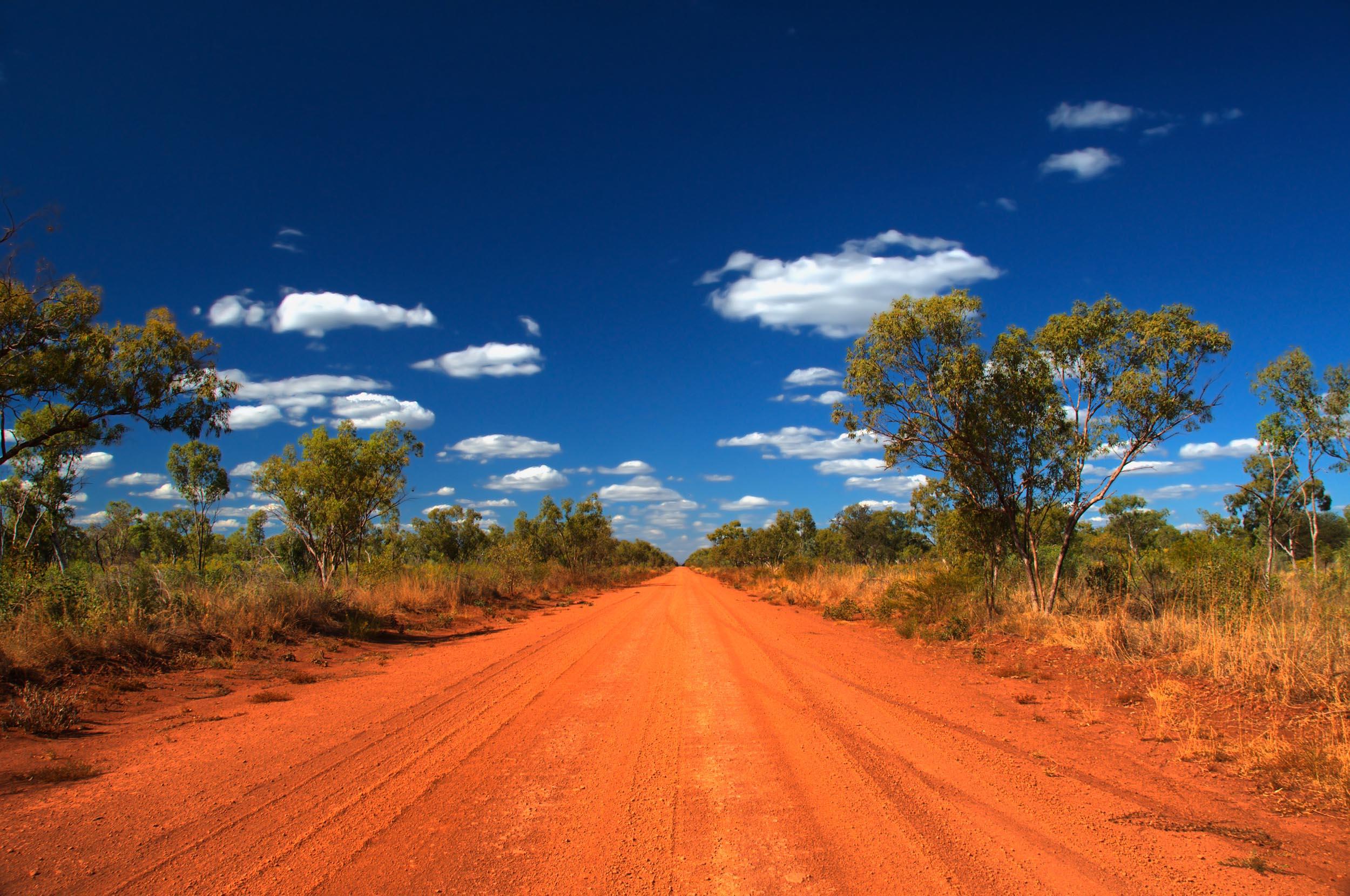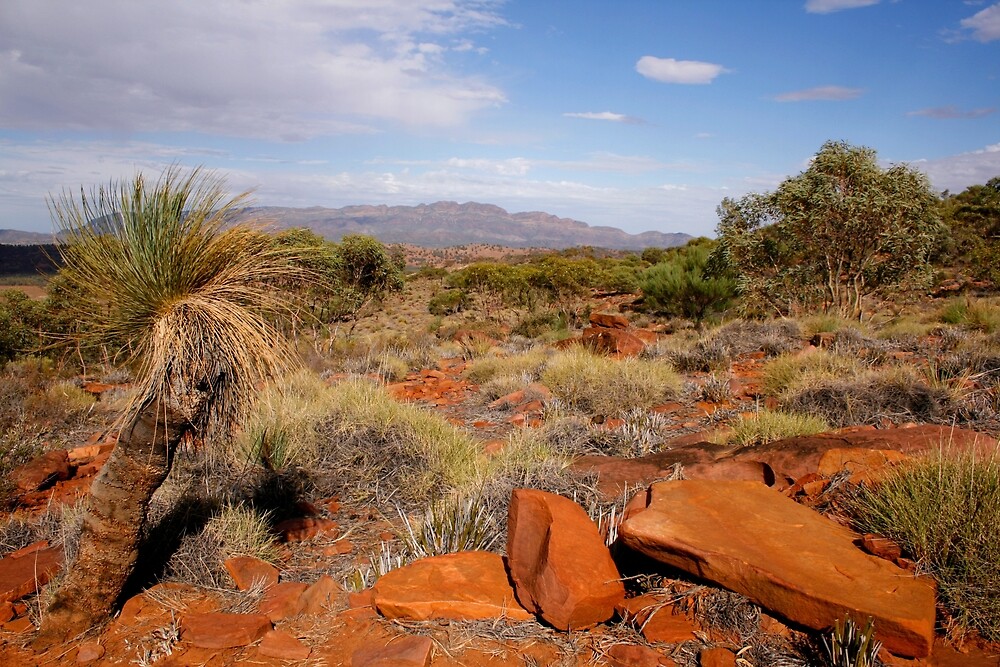The Australian Outback: A Land of Diverse Landscapes, but Not Dense Forests
The Australian Outback: A Land of Diverse Landscapes, but Not Dense Forests

The Australian Outback, a vast and iconic region covering much of the continent’s interior, is often associated with scorching deserts, rugged mountains, and open plains. But does this arid landscape also hold dense forests? The answer, while nuanced, is mostly no.
While the Outback does have pockets of woodland and scattered trees, the image of dense, towering forests typically associated with other regions of the world is not a defining characteristic of this unique ecosystem.
Related Articles: The Australian Outback: A Land of Diverse Landscapes, but Not Dense Forests
- Beyond The Familiar: 9 Animal Names With Indigenous Origins
- Beyond Ownership: Understanding The Indigenous Relationship With Land And Its Impact On Economic Survival
- Unveiling The Stories Woven In Thread: Exploring The Significance Of Native Australian Masks
- November’s Embrace: Unveiling The Rich Symbolism Of Aboriginal Culture
- Does Australia Have An Official Language? Unpacking The Linguistic Landscape
Understanding the Outback’s Climate and Geography:
The Outback’s climate is primarily arid and semi-arid, with low rainfall and high temperatures. This harsh environment limits the growth of large, dense forests. The lack of consistent rainfall hinders the establishment of deep root systems, which are crucial for tall trees.
Furthermore, the Outback’s diverse geography, including vast plains, rocky ranges, and saltbush-covered deserts, further contributes to the scarcity of dense forests. While some areas, like the Northern Territory’s Kakadu National Park, boast pockets of rainforest, these are relatively small compared to the vast expanse of the Outback.
The Outback’s Unique Vegetation:
Instead of dense forests, the Outback is characterized by a variety of hardy, drought-tolerant vegetation:
- Spinifex: This spiky grass is a dominant feature of many Outback regions, forming vast, impenetrable grasslands.
- Mulga: This hardy tree, with its gnarled branches and drought-resistant leaves, is another common sight. Mulga woodlands are often found in areas with slightly higher rainfall.
- Saltbush: This resilient shrub thrives in salty soils and plays a crucial role in the Outback’s ecosystem.
- Eucalypts: While not as dense as forests, scattered eucalyptus trees are found throughout the Outback, providing a vital source of shade and food for wildlife.

The Importance of the Outback’s Vegetation:
The Outback’s unique vegetation is not just a characteristic of the landscape; it’s essential for the survival of its diverse wildlife. The spiky spinifex provides shelter and nesting sites for animals like the bilby, while mulga woodlands are home to a wide range of birds, reptiles, and mammals.

The Outback’s vegetation also plays a vital role in maintaining the delicate balance of the ecosystem. Saltbush, for example, helps prevent soil erosion and stabilizes the landscape, while eucalyptus trees provide essential nectar for pollinators.
The Outback’s Changing Landscape:
While the Outback is known for its resilience, its landscape is not immune to the effects of climate change. Rising temperatures and altered rainfall patterns are impacting vegetation growth and distribution, leading to changes in the Outback’s ecosystem.
Exploring the Outback’s Diverse Landscape:
Despite the absence of dense forests, the Australian Outback offers a unique and captivating landscape. From the rugged beauty of Uluru to the vastness of the Simpson Desert, the Outback is a region of incredible diversity.

For those seeking adventure, the Outback offers a range of experiences, from 4WD expeditions and camping trips to scenic flights and wildlife encounters. The Outback’s diverse landscape and unique vegetation provide a glimpse into the resilience of nature and the importance of conservation.
Beyond the Outback: Dense Forests in Australia:
While the Outback may not be known for dense forests, other regions of Australia boast diverse and impressive forests. The eastern coast of Australia, for example, is home to vast rainforests, home to a wide range of flora and fauna. These forests, with their towering trees and lush undergrowth, offer a stark contrast to the Outback’s arid landscapes.
The Importance of Understanding the Outback’s Ecosystem:
The Australian Outback is a unique and valuable ecosystem, home to a wide range of plants and animals adapted to its harsh conditions. Understanding the Outback’s diverse landscape and vegetation is essential for appreciating its beauty and for ensuring its future preservation.
FAQ: Does the Australian Outback Have Dense Forests?
Q: Are there any forests in the Outback at all?
A: While the Outback is not known for dense forests, it does have pockets of woodland and scattered trees, particularly in areas with slightly higher rainfall.
Q: What types of vegetation are found in the Outback?
A: The Outback is characterized by hardy, drought-tolerant vegetation, including spinifex, mulga, saltbush, and eucalyptus trees.
Q: Why doesn’t the Outback have dense forests?
A: The Outback’s arid climate, low rainfall, and diverse geography limit the growth of large, dense forests.
Q: Are there any dense forests in Australia?
A: Yes, Australia has diverse forests, particularly along the eastern coast, where rainfall is more abundant.
Q: What is the importance of the Outback’s vegetation?
A: The Outback’s unique vegetation is crucial for the survival of its diverse wildlife and for maintaining the delicate balance of the ecosystem.
Q: How is climate change affecting the Outback’s landscape?
A: Rising temperatures and altered rainfall patterns are impacting vegetation growth and distribution, leading to changes in the Outback’s ecosystem.
Q: What are some ways to explore the Outback’s diverse landscape?
A: The Outback offers a range of experiences, from 4WD expeditions and camping trips to scenic flights and wildlife encounters.
Q: Why is it important to understand the Outback’s ecosystem?
A: Understanding the Outback’s diverse landscape and vegetation is essential for appreciating its beauty and for ensuring its future preservation.

Closure
Thus, we hope this article has provided valuable insights into The Australian Outback: A Land of Diverse Landscapes, but Not Dense Forests. We thank you for taking the time to read this article. See you in our next article!


